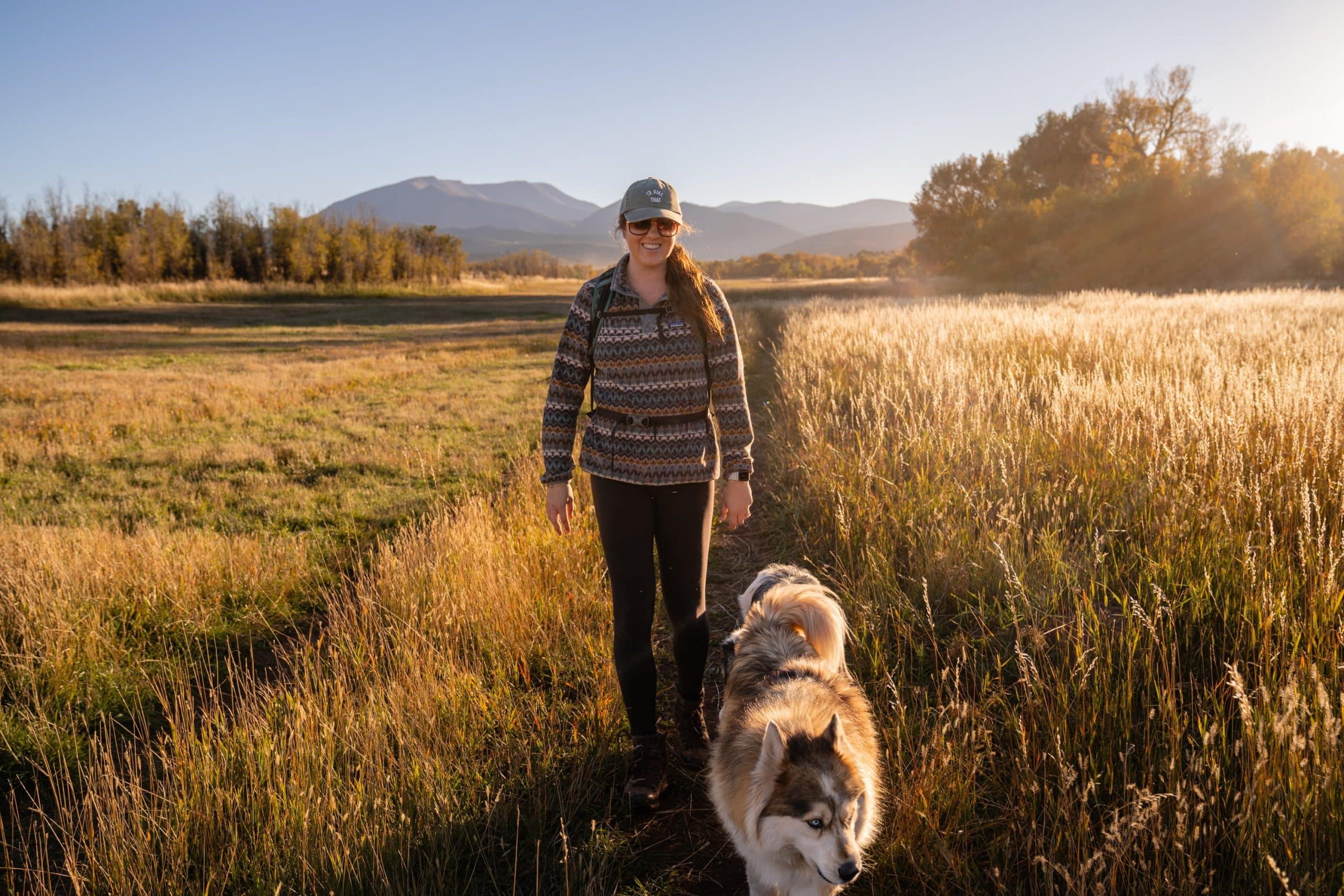Here are some ways you can help keep Colorado’s trails intact.
Know before you go. Proper planning helps to ensure that you have a safe and enjoyable hike while minimizing your impacts on the natural world.
Watch: How to Start Hiking the Leave No Trace Way >>
Be sure to pick a hike that matches the goals, skills and abilities of your group. Gain knowledge of the area you will visit by checking local hiking or land management websites, guide books and studying area maps. Make sure you understand the terrain you will encounter, local area regulations and how long the hike may take you. Always bring your map with you, as there may not be cell service in the place you are visiting.
Before your hike, check the forecast and be prepared for extremes. In Colorado, the weather can change quickly so pack layers and make sure you are prepared for sun, rain, wind and even snow. When hiking in the high country, remember to start your hike early in the morning so you can be back at your vehicle when the afternoon storms roll in.
Finally, make sure to pack adequate snacks and water for your entire group. When hiking, always wear hiking boots or other sturdy athletic shoes so that you can protect yourself and stick to the trail even when wet or muddy.
Recognize durable surfaces. What effect does a footstep have? The answer is, it depends. A footstep means different things to a tree sapling and meadow grass, to fallen leaves and a rocky slope, to a gravely riverbank and a dwarf alpine flower.
Although the impact may vary, hiking can damage plants and cause erosion. Plants protect underlying soils, and once destroyed, erosion begins.
To avoid these kinds of problems when you’re out for a hike, make an effort to recognize “durable surfaces.” Durable surfaces are surfaces that are resistant to the impact of hiking. They include rock, sand, gravel, existing trails, dry grasses and deep snow.
Stay on designated trails. On trails, walk single file in the center of the tread — even where it’s wet, rocky or muddy. Trails become progressively wider and form parallel paths when people walk on the edges or detour around obstacles. Taking a shortcut, especially on switchbacks, has severe consequences. Shortcuts become unsustainable trails or gullies that cause erosion and require costly restoration. Keep out of areas where efforts to restore vegetation and soils are in progress.
Another reason to stay on trails is to minimize animal disturbances. Wildlife have learned to expect people on trails and may avoid these areas. When you wander off trail you increase the likelihood of disturbing wildlife and altering their natural behaviors.
Disperse use in pristine areas. When you travel through pristine parts of the Colorado, you may feel as if no one has ever been there before — which is a good thing! Pristine areas are those that see little human traffic. They are places where there are few, if any, trails and no established campsites. They feel truly wild.
If you must travel off trail through a pristine area, avoid the creation of new trails. When crossing vegetation, spread out. If each person takes a slightly different route, a distinct trail is less likely to form because no single plant receives multiple footfalls. Walking single file is acceptable where there is little chance of trampling plants such as across boulder fields or on snow. When possible walk on durable surfaces such as rock, snow, ice, gravel, sand and navigable water. Dry grasses are also naturally durable due to their hardy root structures and flexible stems.
In partnership with Leave No Trace and the Colorado Office of Tourism /
Care for Colorado program.
© 1999 by the Leave No Trace Center for Outdoor Ethics: www.LNT.org

